Jana-Rebecca Rehse
A Discussion on Generalization in Next-Activity Prediction
Sep 18, 2023Abstract:Next activity prediction aims to forecast the future behavior of running process instances. Recent publications in this field predominantly employ deep learning techniques and evaluate their prediction performance using publicly available event logs. This paper presents empirical evidence that calls into question the effectiveness of these current evaluation approaches. We show that there is an enormous amount of example leakage in all of the commonly used event logs, so that rather trivial prediction approaches perform almost as well as ones that leverage deep learning. We further argue that designing robust evaluations requires a more profound conceptual engagement with the topic of next-activity prediction, and specifically with the notion of generalization to new data. To this end, we present various prediction scenarios that necessitate different types of generalization to guide future research.
Large Language Models can accomplish Business Process Management Tasks
Jul 19, 2023Abstract:Business Process Management (BPM) aims to improve organizational activities and their outcomes by managing the underlying processes. To achieve this, it is often necessary to consider information from various sources, including unstructured textual documents. Therefore, researchers have developed several BPM-specific solutions that extract information from textual documents using Natural Language Processing techniques. These solutions are specific to their respective tasks and cannot accomplish multiple process-related problems as a general-purpose instrument. However, in light of the recent emergence of Large Language Models (LLMs) with remarkable reasoning capabilities, such a general-purpose instrument with multiple applications now appears attainable. In this paper, we illustrate how LLMs can accomplish text-related BPM tasks by applying a specific LLM to three exemplary tasks: mining imperative process models from textual descriptions, mining declarative process models from textual descriptions, and assessing the suitability of process tasks from textual descriptions for robotic process automation. We show that, without extensive configuration or prompt engineering, LLMs perform comparably to or better than existing solutions and discuss implications for future BPM research as well as practical usage.
A Reference Data Model for Process-Related User Interaction Logs
Jul 25, 2022
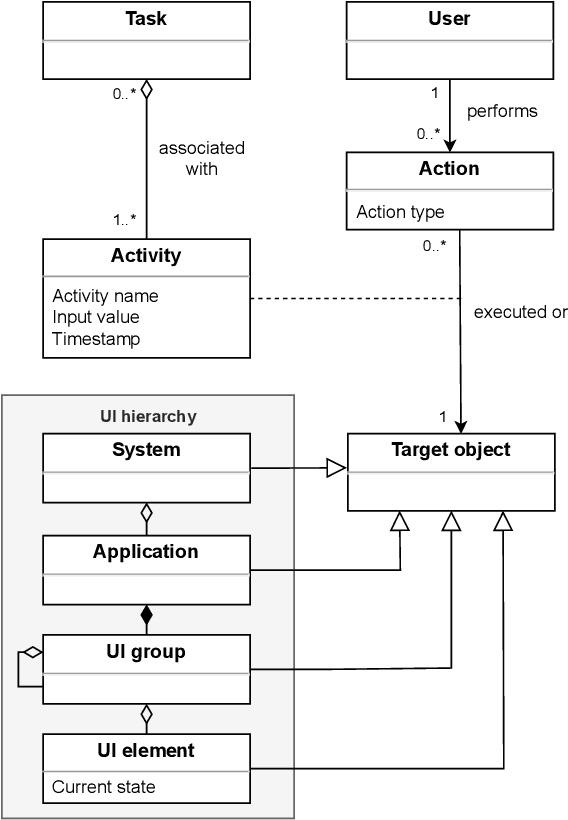
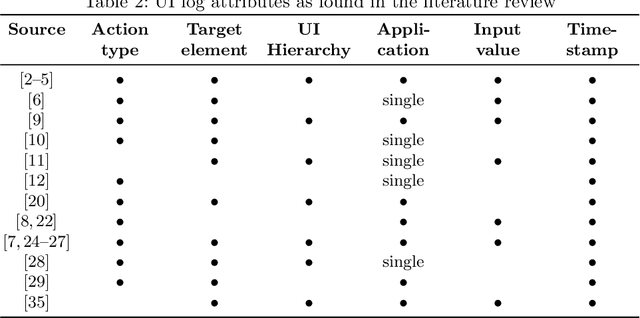
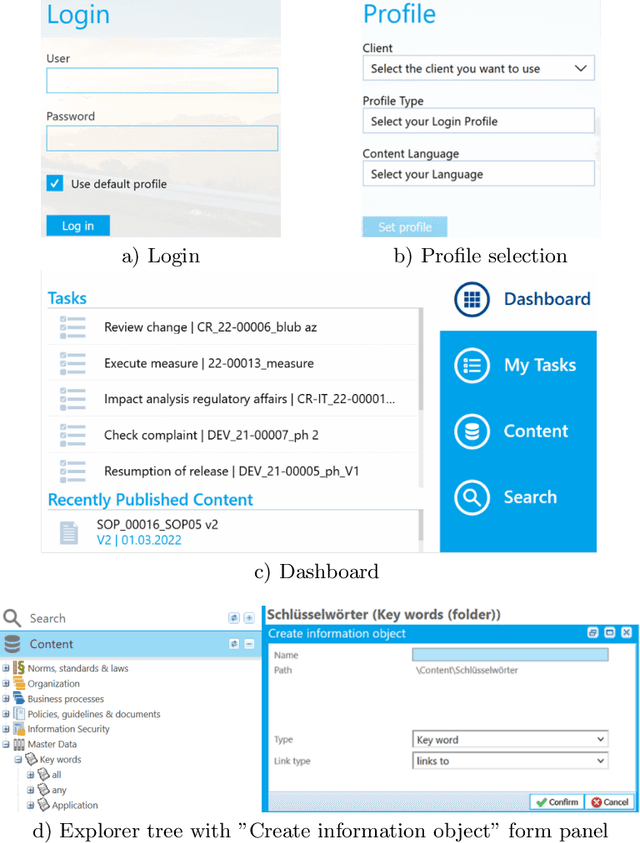
Abstract:User interaction (UI) logs are high-resolution event logs that record low-level activities performed by a user during the execution of a task in an information system. Each event in a UI log corresponds to a single interaction between the user and the interface, such as clicking a button or entering a string into a text field. UI logs are used for purposes like task mining or robotic process automation (RPA), but each study and tool relies on a different conceptualization and implementation of the elements and attributes that constitute user interactions. This lack of standardization makes it difficult to integrate UI logs from different sources and to combine tools for UI data collection with downstream analytics or automation solutions. To address this, we propose a universally applicable reference data model for process-related UI logs. Based on a review of scientific literature and industry solutions, this model includes the core attributes of UI logs, but remains flexible with regard to the scope, level of abstraction, and case notion. We provide an implementation of the model as an extension to the XES interchange standard for event logs and demonstrate its practical applicability in a real-life RPA scenario.
Augmented Business Process Management Systems: A Research Manifesto
Feb 03, 2022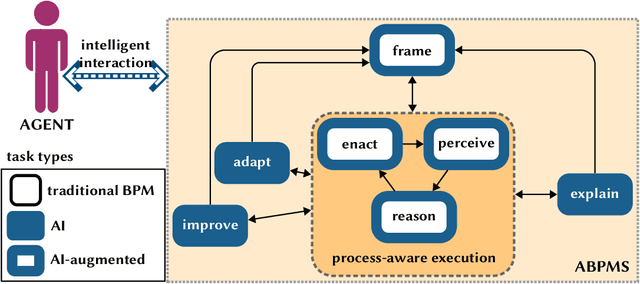
Abstract:Augmented Business Process Management Systems (ABPMSs) are an emerging class of process-aware information systems that draws upon trustworthy AI technology. An ABPMS enhances the execution of business processes with the aim of making these processes more adaptable, proactive, explainable, and context-sensitive. This manifesto presents a vision for ABPMSs and discusses research challenges that need to be surmounted to realize this vision. To this end, we define the concept of ABPMS, we outline the lifecycle of processes within an ABPMS, we discuss core characteristics of an ABPMS, and we derive a set of challenges to realize systems with these characteristics.
XES Tensorflow - Process Prediction using the Tensorflow Deep-Learning Framework
May 03, 2017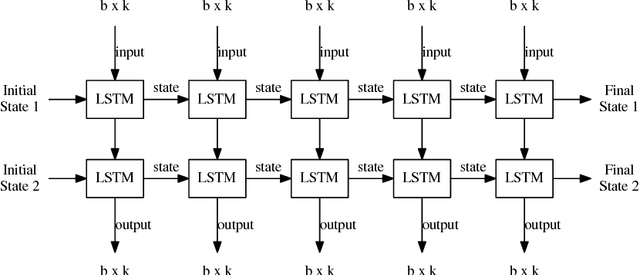
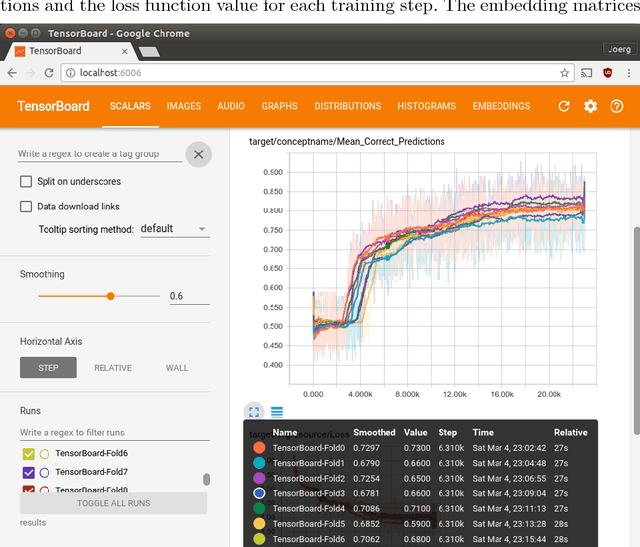
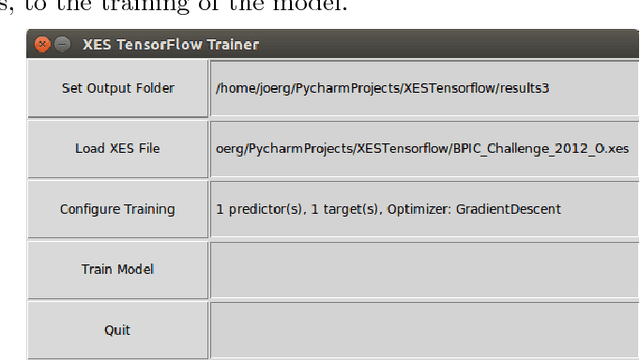
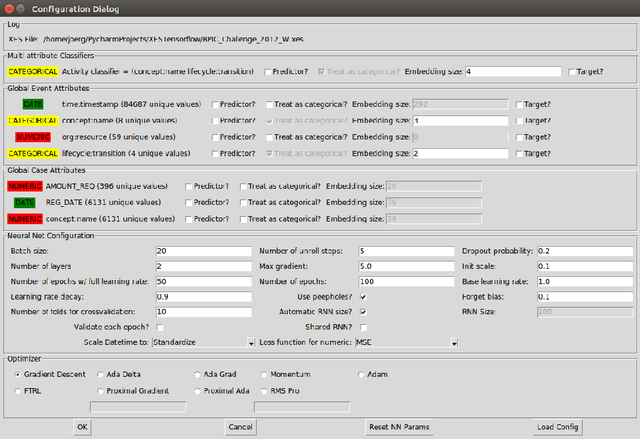
Abstract:Predicting the next activity of a running process is an important aspect of process management. Recently, artificial neural networks, so called deep-learning approaches, have been proposed to address this challenge. This demo paper describes a software application that applies the Tensorflow deep-learning framework to process prediction. The software application reads industry-standard XES files for training and presents the user with an easy-to-use graphical user interface for both training and prediction. The system provides several improvements over earlier work. This demo paper focuses on the software implementation and describes the architecture and user interface.
Predicting Process Behaviour using Deep Learning
Mar 22, 2017



Abstract:Predicting business process behaviour is an important aspect of business process management. Motivated by research in natural language processing, this paper describes an application of deep learning with recurrent neural networks to the problem of predicting the next event in a business process. This is both a novel method in process prediction, which has largely relied on explicit process models, and also a novel application of deep learning methods. The approach is evaluated on two real datasets and our results surpass the state-of-the-art in prediction precision.
 Add to Chrome
Add to Chrome Add to Firefox
Add to Firefox Add to Edge
Add to Edge